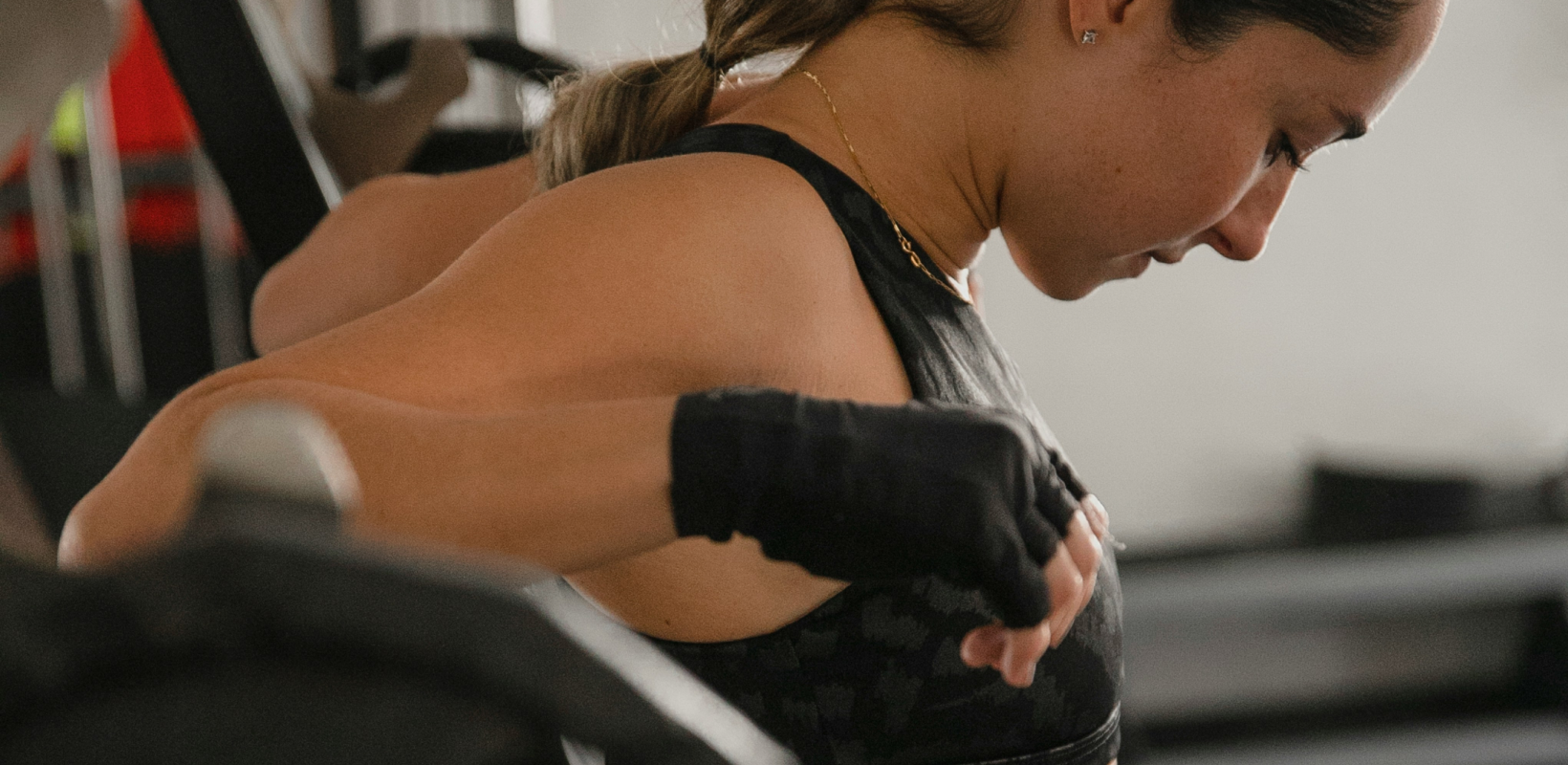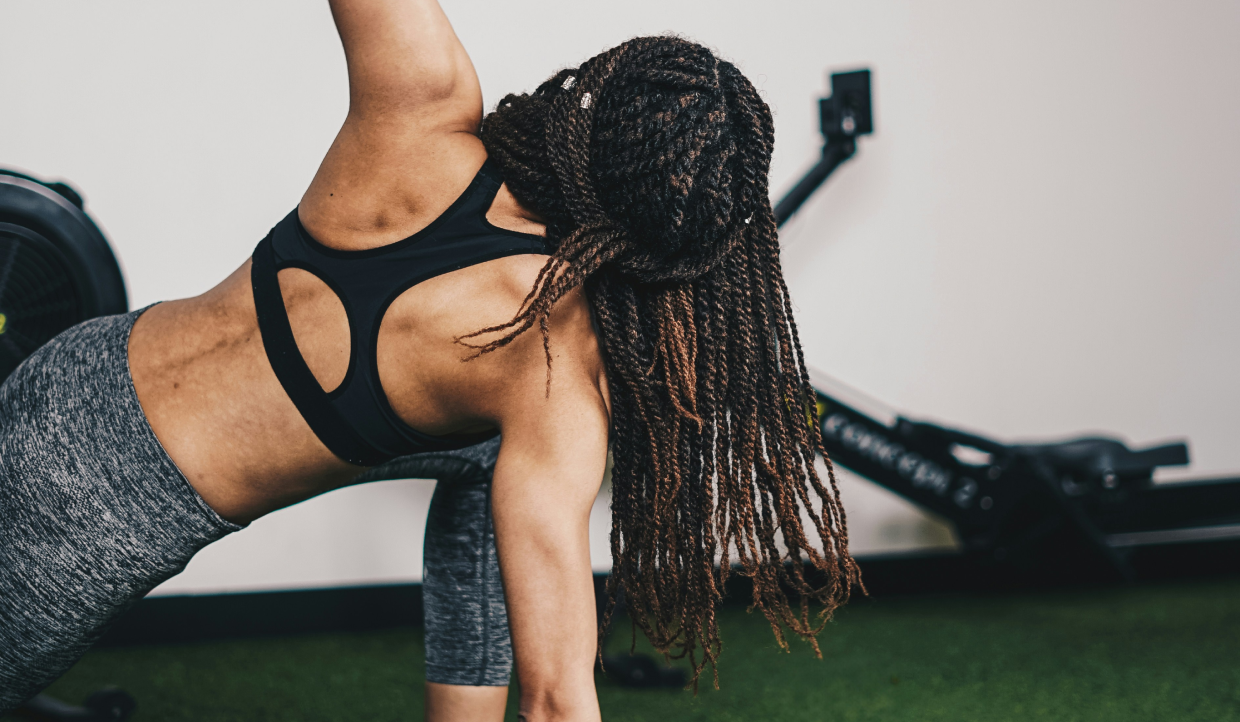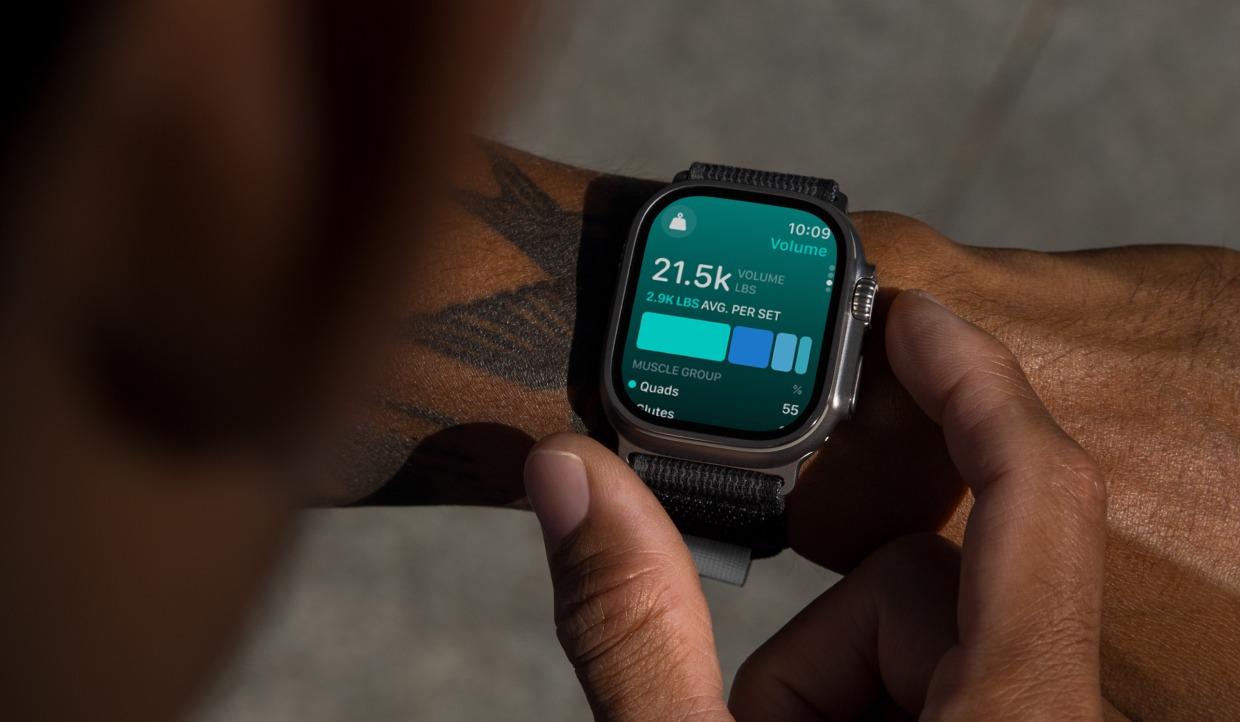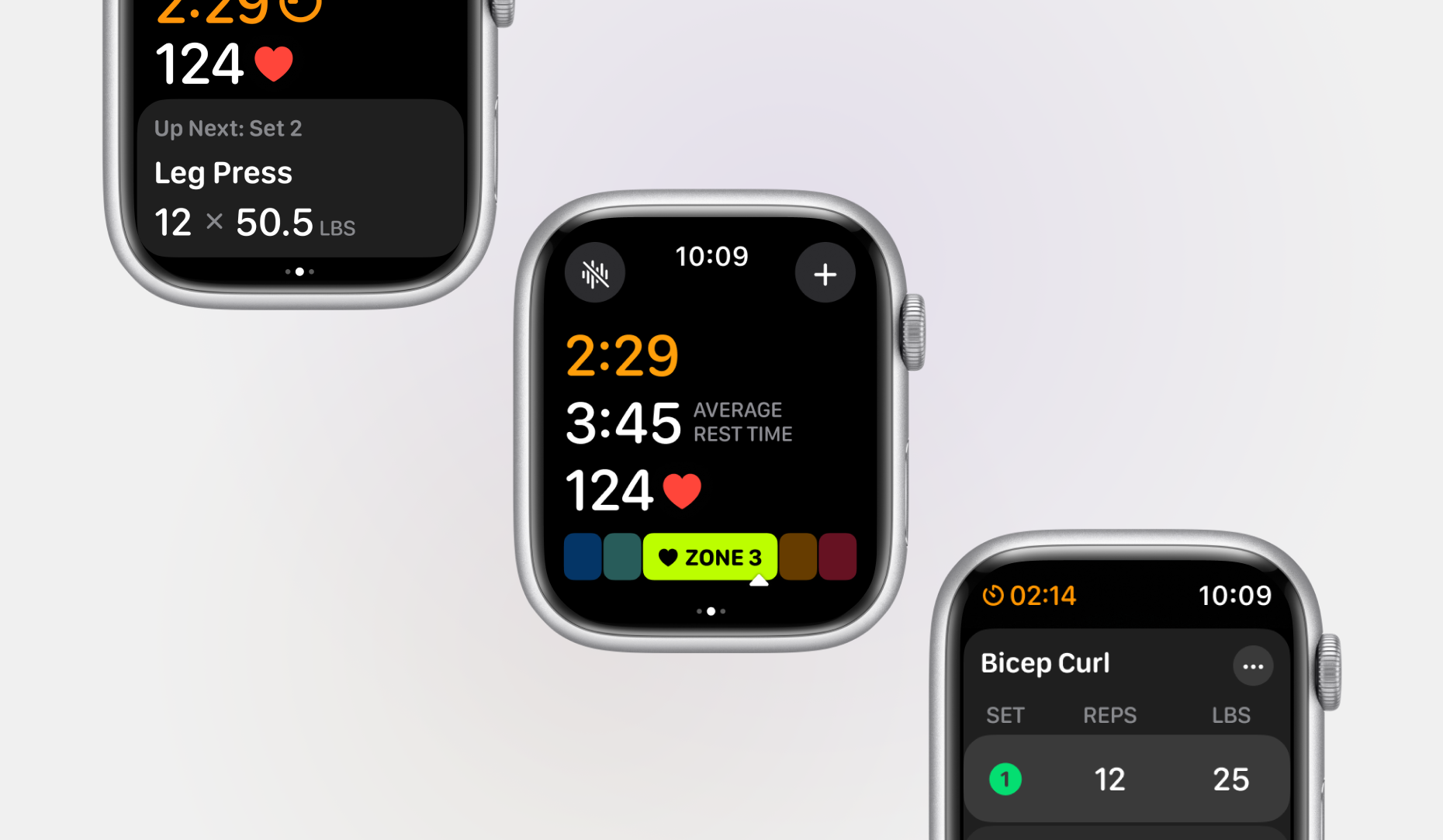
Training
August 16, 2024
How to Prevent Common Weightlifting Injuries?
Weightlifting is an incredible way to build muscles and increase strength. However, weightlifters often fall victim to common weightlifting injuries due to poor form and inadequate diet.
A study conducted on 393 people, most of whom were aged 18 to 29, revealed that 27% of these participants suffered from weightlifting injuries within six months. So, if you are in this sport, you must adopt proper preventive measures to stay safe and healthy.
Don't know what those are? Let's discuss the many tips that help you prevent common weightlifting injuries.
Some Common Weightlifting Injuries
Here are some common weightlifting injuries that you may experience:
- Back Strain: Back strain, especially lumbar spine injuries, is quite common among weightlifters. It involves mild discomfort to severe pain and muscle spasms. The major reasons behind back strain include improper form or lifting too much weight.
- Shoulder Impingement: One of the common weightlifting injuries is shoulder impingement, which is tendonitis of the rotator cuff muscles passing through the subacromial space. It's caused by the compression of rotator cuff tendons and results in severe pain in the shoulder and restricted motion.
- Knee Injuries: As a weightlifter, you may also suffer from knee injuries that range from minor pain to something as serious as an anterior cruciate ligament (ACL), which occurs due to improper squatting techniques and knee overload.

The following are some amazing tips that you can adopt to prevent weightlifting injuries:
Increase Weight Gradually
If it's your first day at weightlifting, don't be overconfident and attempt to lift heavy weights immediately. Instead, follow a structured plan and add weight gradually.
For instance, if you start by lifting 50 pounds, you can add 5 pounds the next week. This will allow your body to accommodate the added stress without overexerting your tendons, ligaments, and overall muscles.
Maintain Proper Form
Another amazing tip that helps you prevent common weightlifting injuries is maintaining proper form. Make sure you have spotters on when you are lifting heavy weights.
Never lock your joints, and always have a slight bend in your knees and elbows. Most importantly, breathe out when you are lifting and pushing and breathe in as you gradually lower the weight.
You should also work with professional trainers to work on your form, especially when you are doing complex stunts like squats and deadlifts.
Must-Have Some Rest Days
This should go without saying—as a weightlifter, you should combine intense workout sessions with some rest days to give your body relief from physical stress.
Typically, experts recommend 1 to 3 rest days per week. However, this may vary depending on your fitness goals and individual needs.
Eat a Balanced Diet and Stay Hydrated
Proper hydration and nutrition are also important in preventing sudden muscle injuries. Make sure you are eating a diet rich in healthy fats, carbohydrates, and proteins.
For instance, you can incorporate eggs, beans, fruits, and cottage cheese into your diet plan. You should also drink plenty of water to ensure your body remains well-hydrated and performs at its best.

Conclusion
Being a weightlifter, you should prevent yourself from injuries and maintain a healthy lifestyle. However, if you are searching for an incredible tool to make your weightlifting journey more effective, the Train Fitness app is the best. It has an amazing AI that provides you with personalized workout plans that match your fitness goals.
In addition, it tracks your daily exercise routine and helps you adjust the weight gradually so you take a step towards your goals while avoiding injuries. So, get the Train Fitness app for your mobile phone or Apple watch now and make your weightlifting journey safer and smarter!
Share This Article:
Recommended

Training
October 05, 2024
The Importance of One-Rep Max and Other Key Strength Training Metrics
Understanding key strength metrics like the one-rep max and others can transform your strength training approach. Discover how these numbers can guide your workouts and take your performance to the next level.

Training
October 01, 2024
How to Progress in Strength Training: Adjust the Load, Reps, or Rest Period?
Progressing in strength training isn't just about lifting heavier. Learn the best ways to boost your workouts, whether it's adjusting load, reps, or rest periods, to maximize results based on your goals.

Training
August 25, 2024
How Wearable Tech Improves Athletes’ Performance
Discover how wearable technology like watches can help you reach your peak potential …

subscribe to our newsletter
Contact Us
hello@trainfitness.aiFind Us
130 Spadina Avenue, Toronto,
Ontario, M5V 0H4, Canada
© 2024 All Rights Reserved


